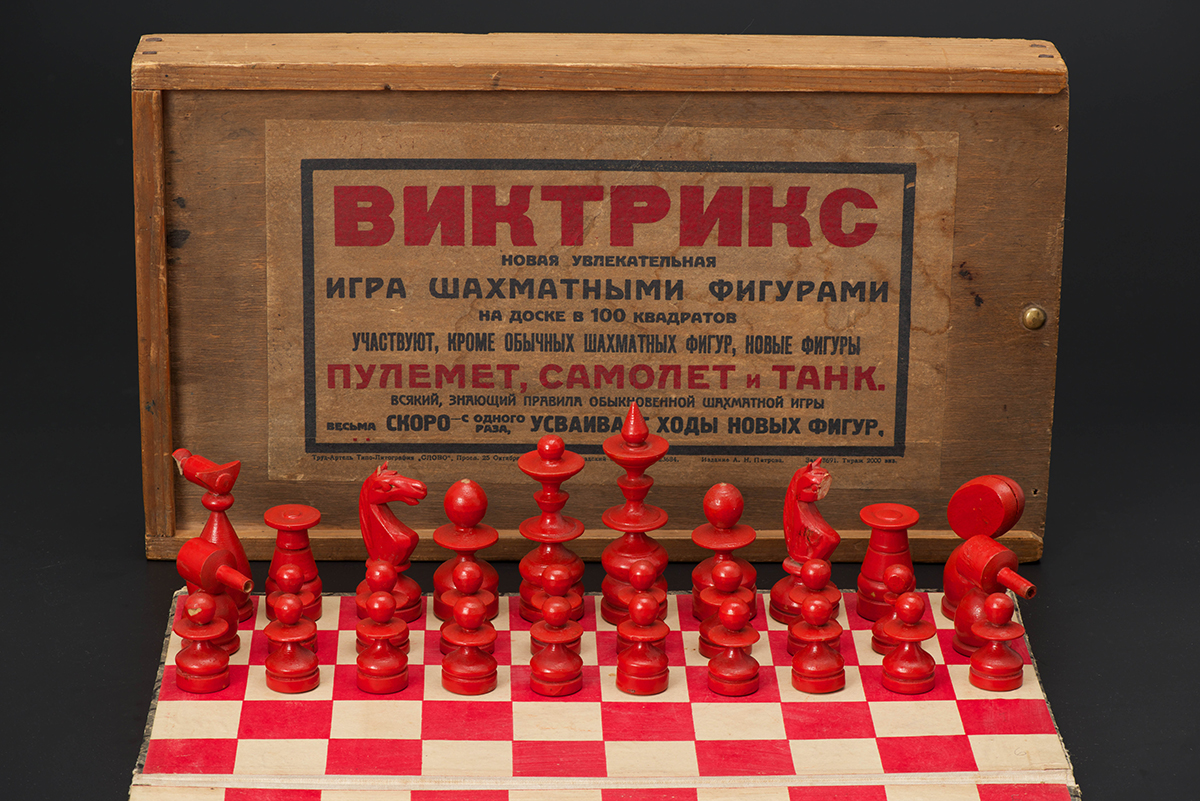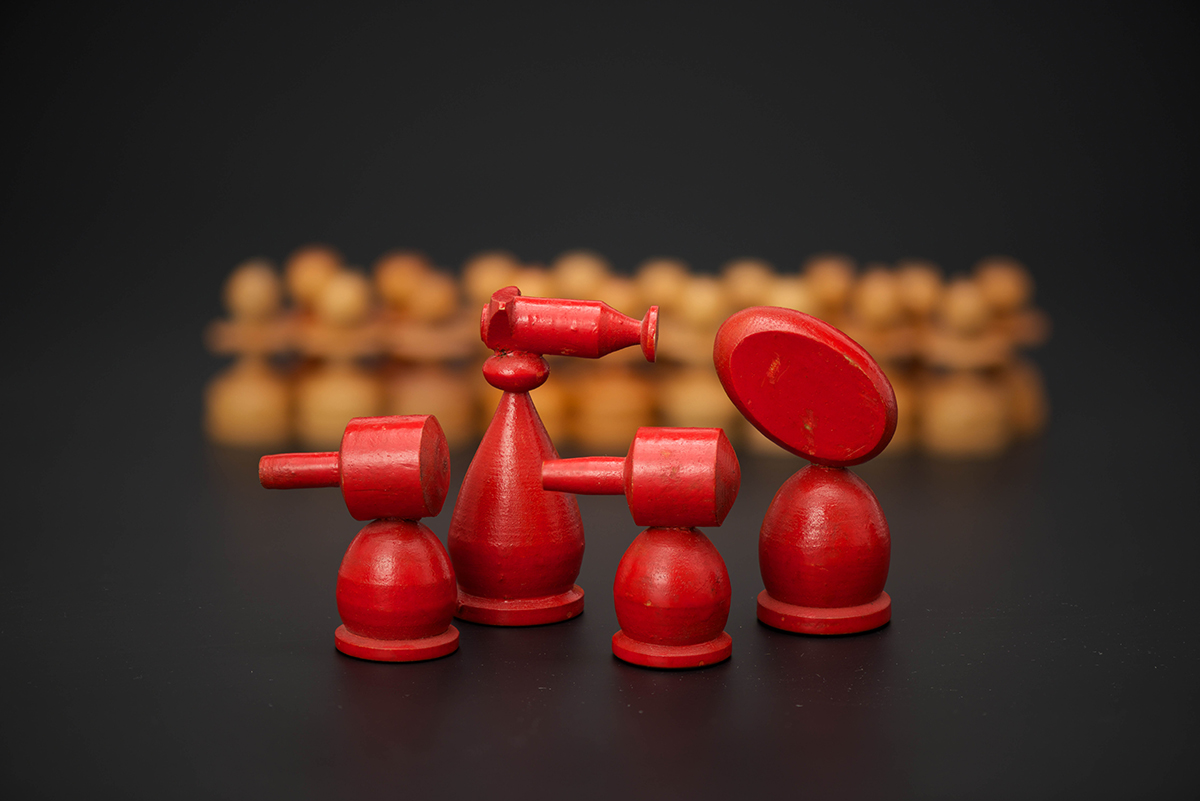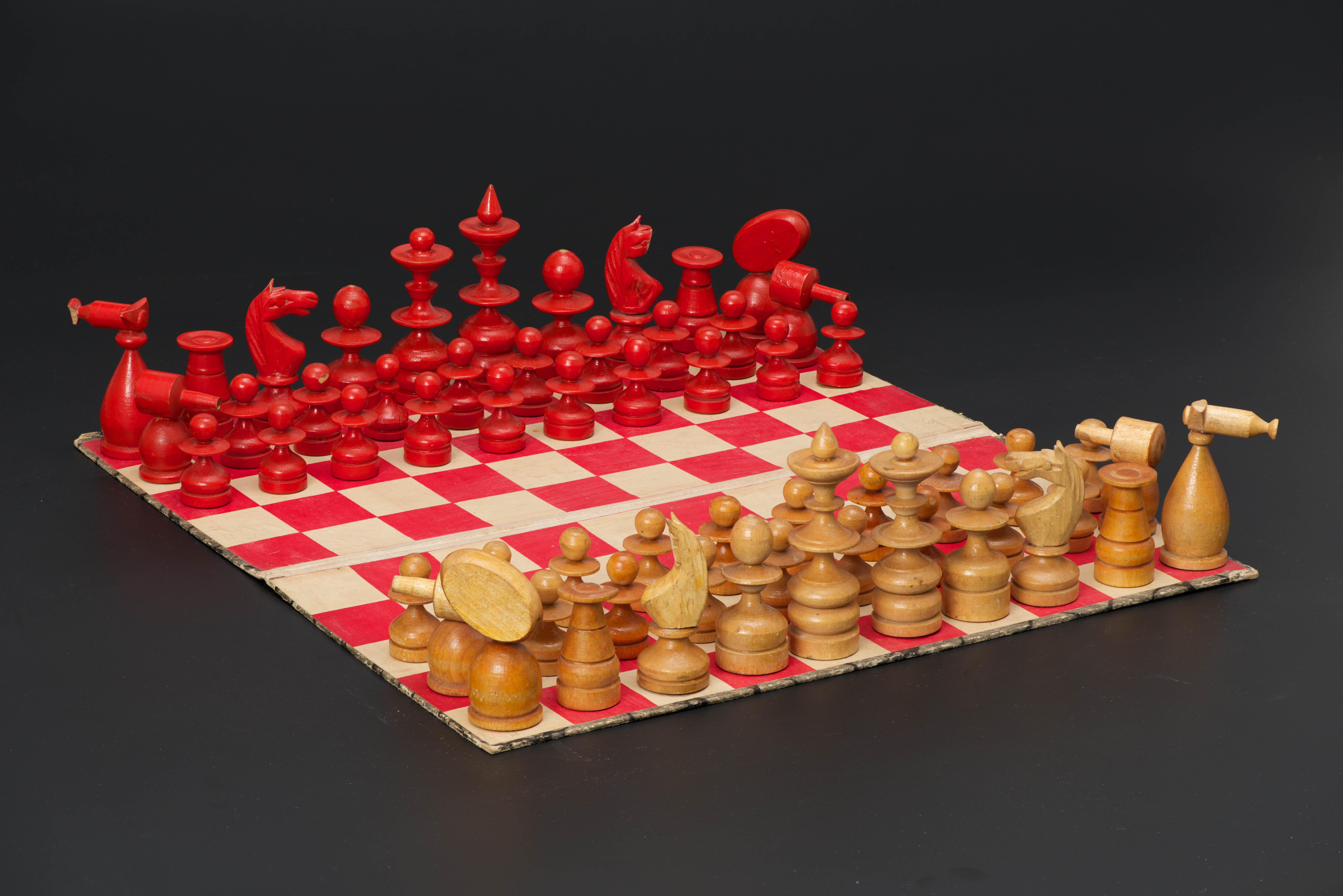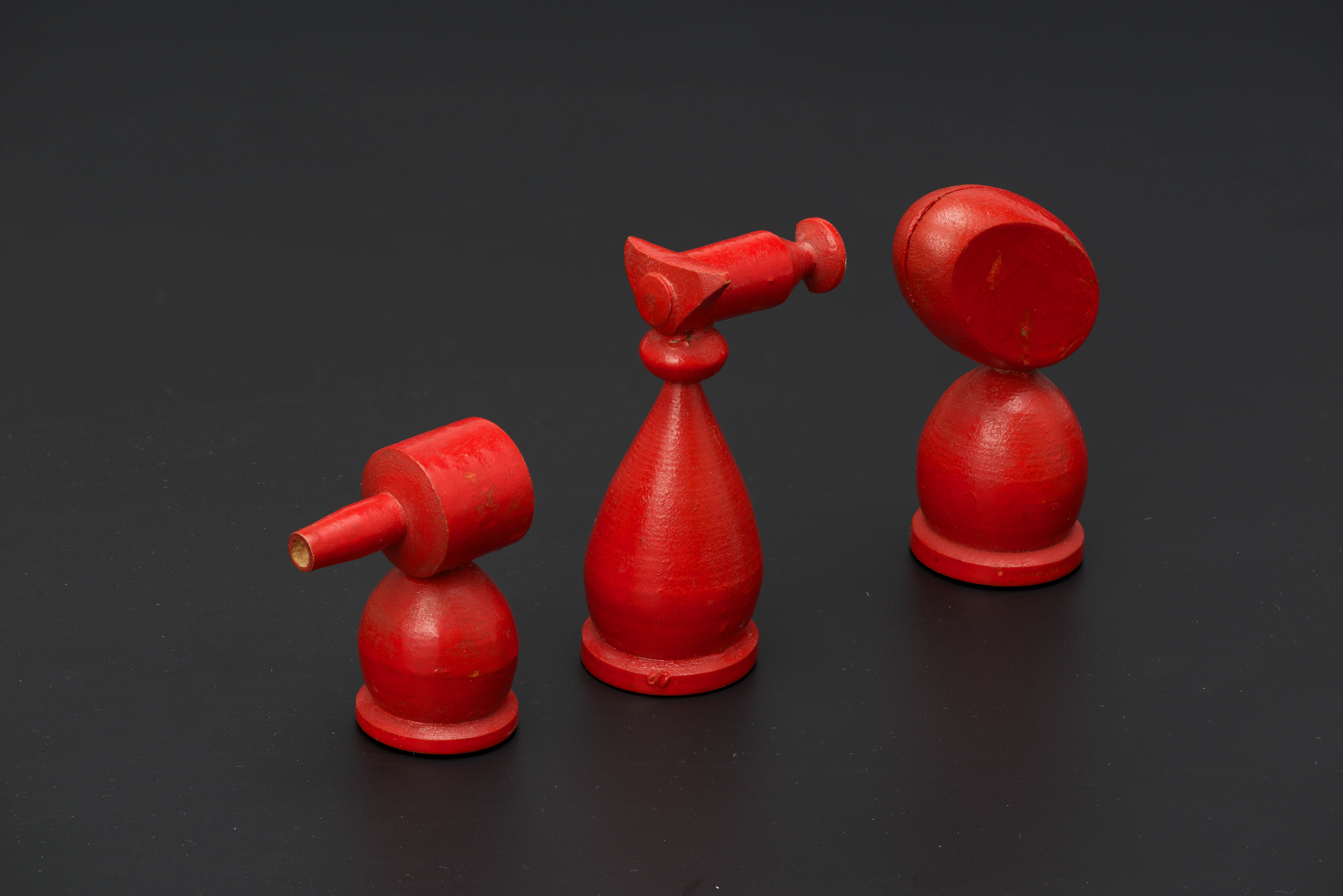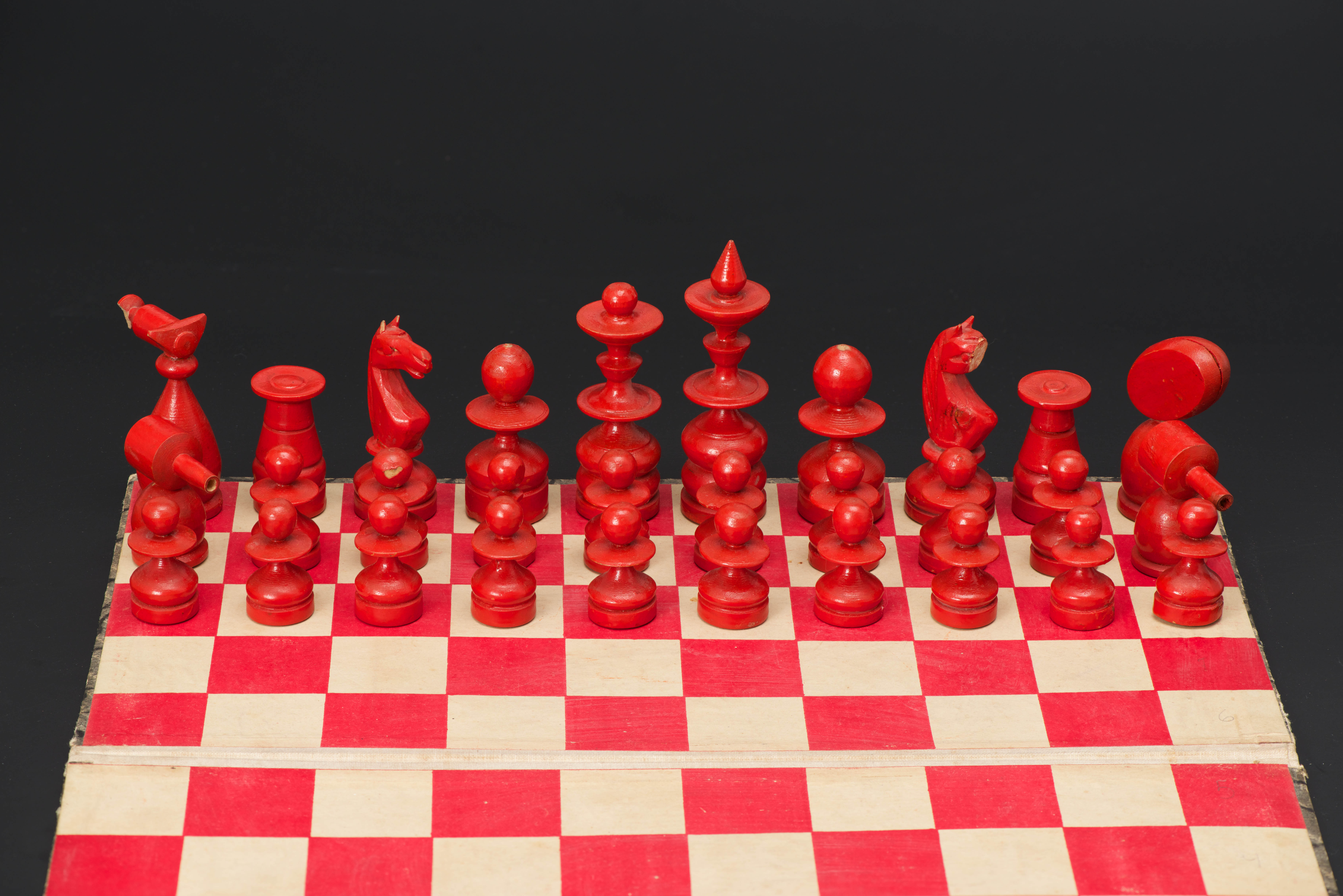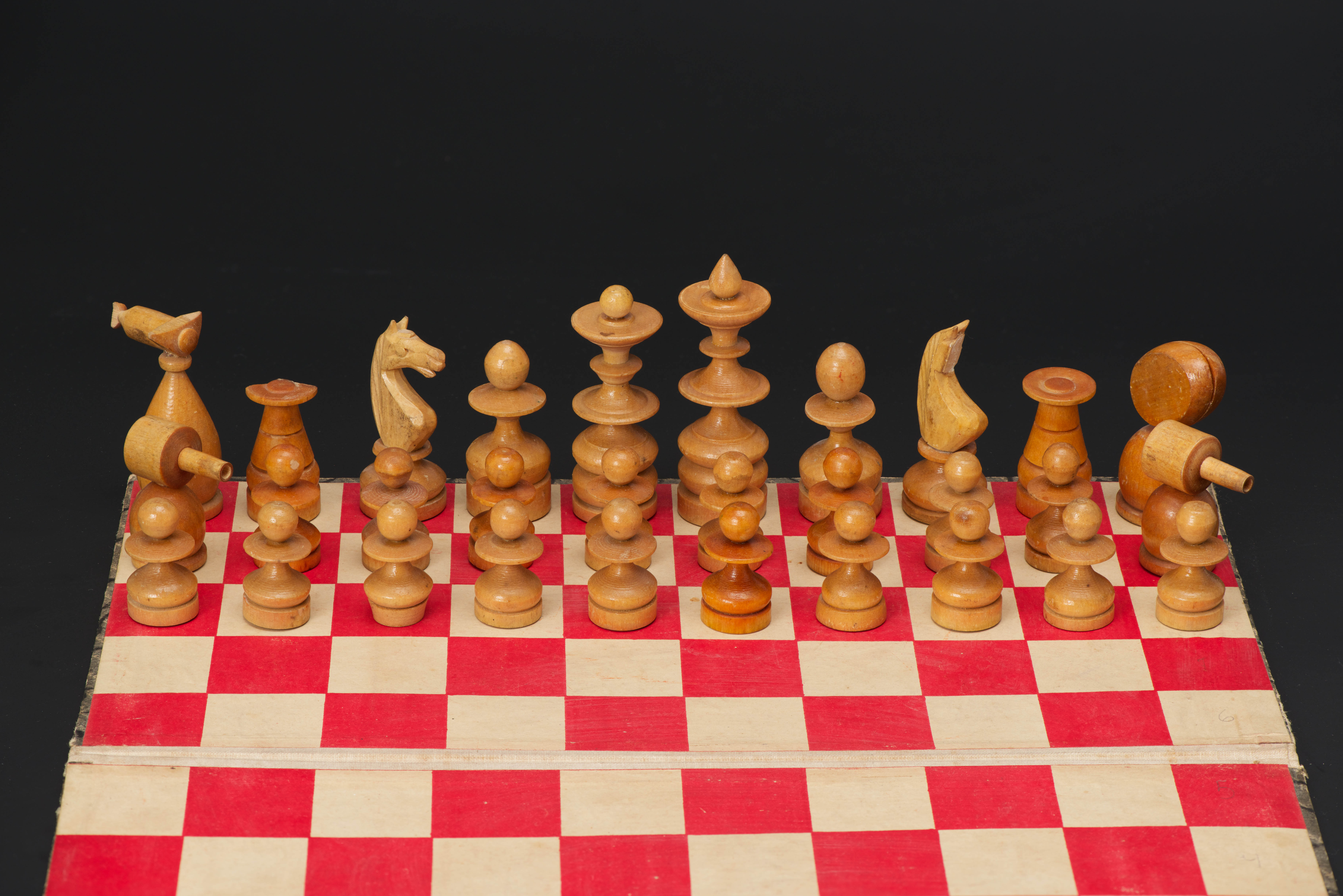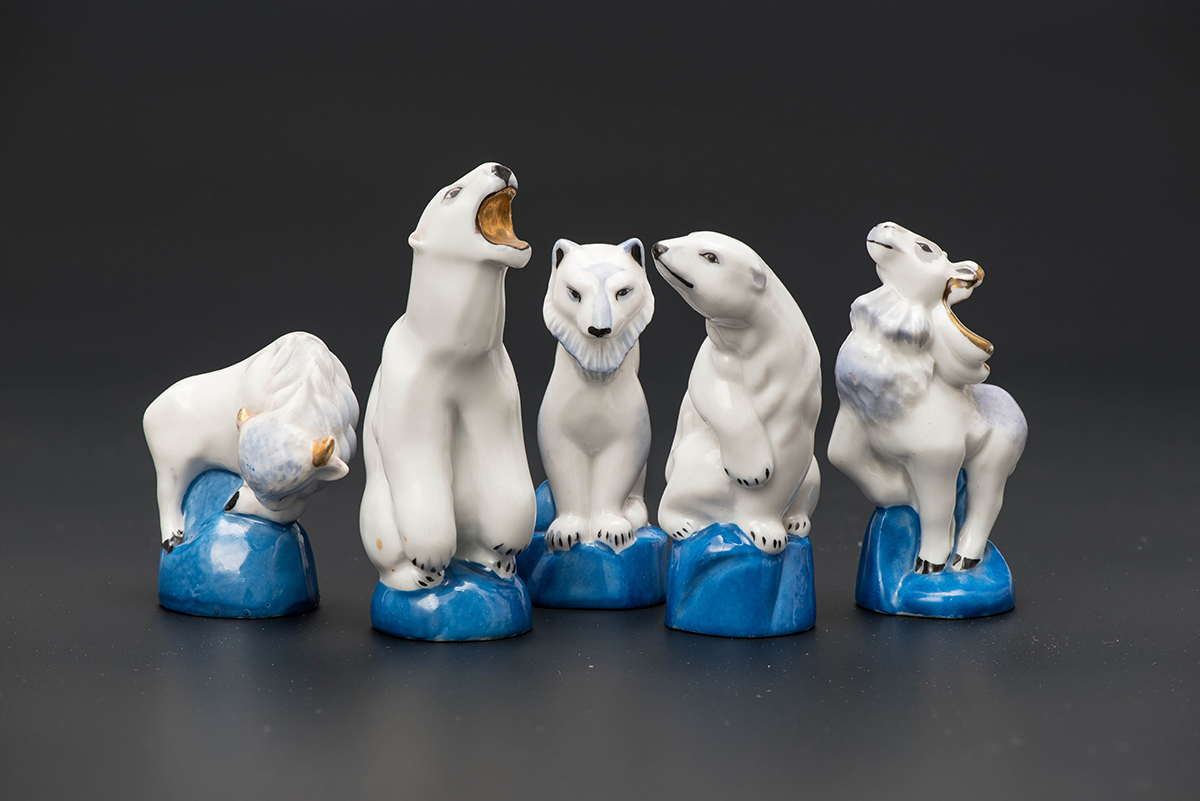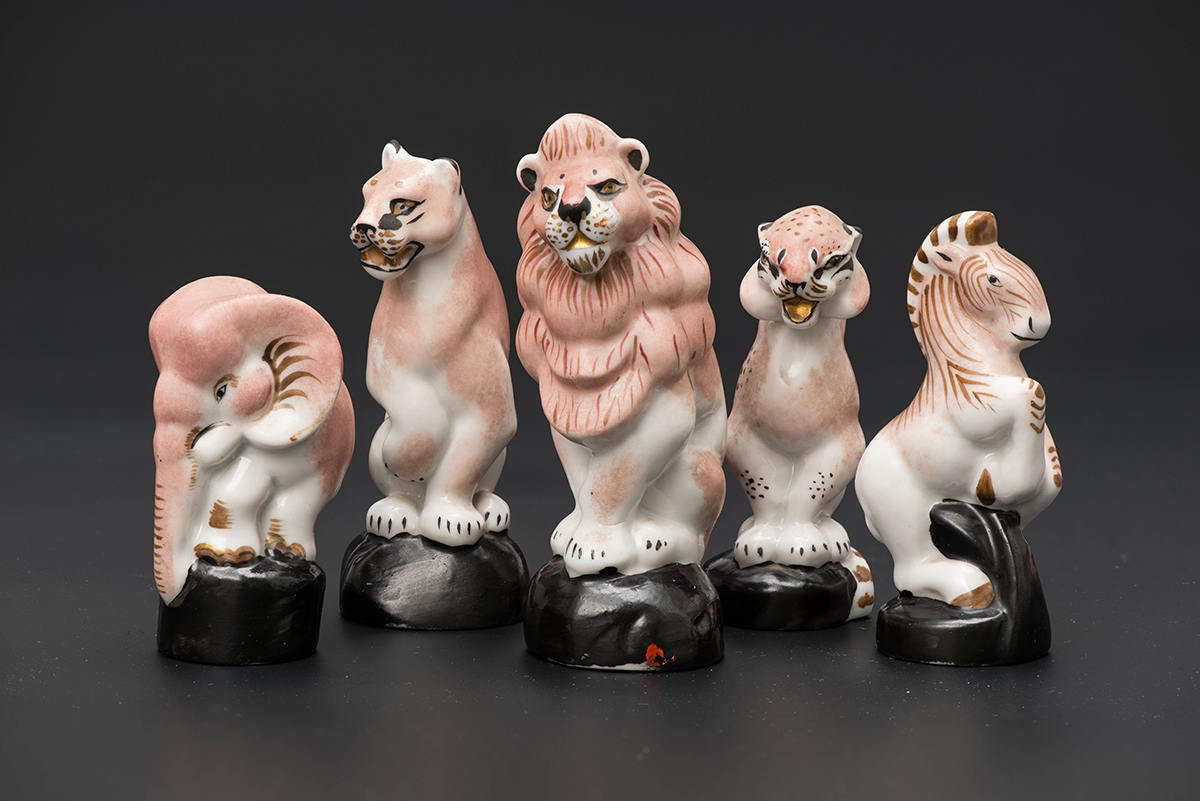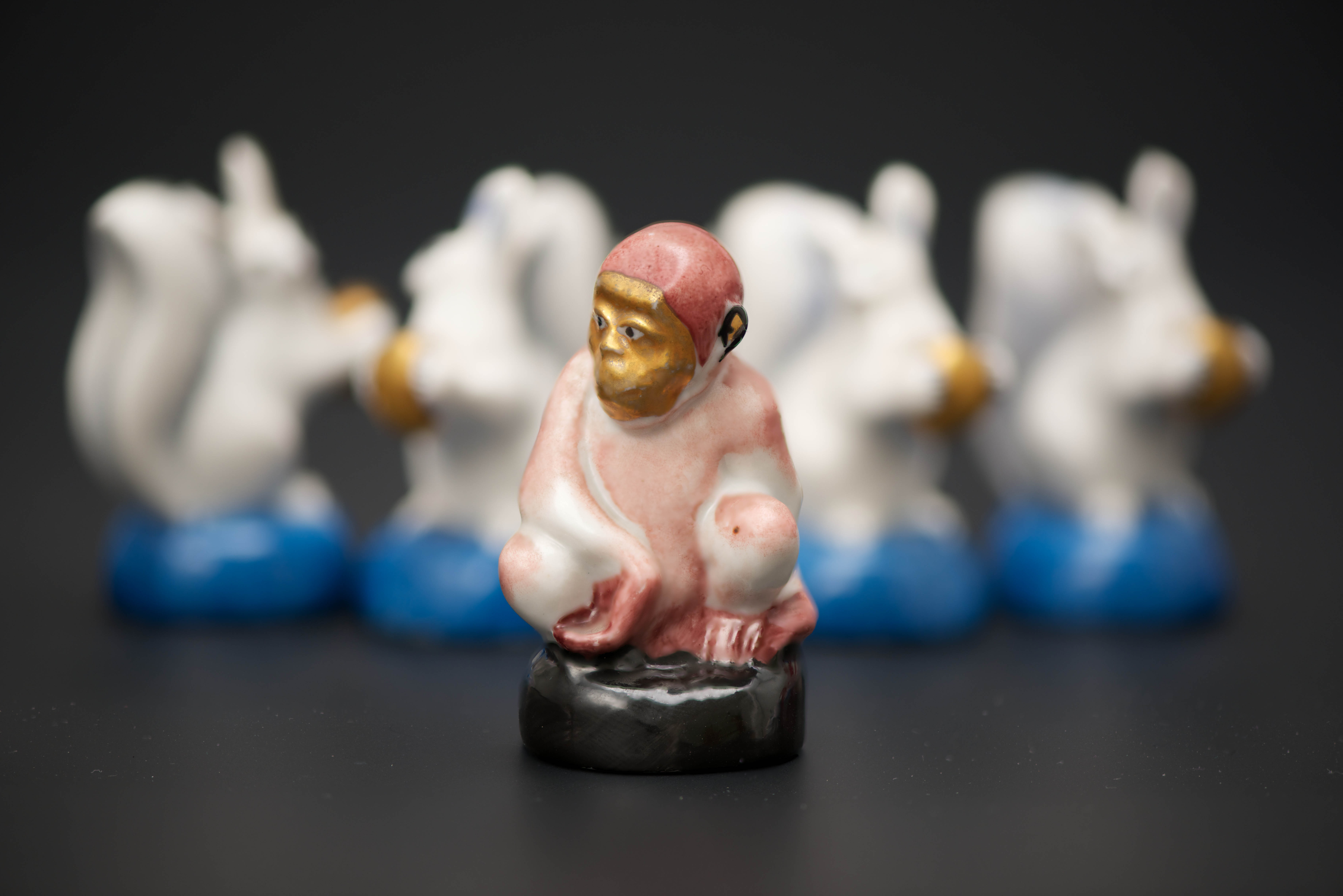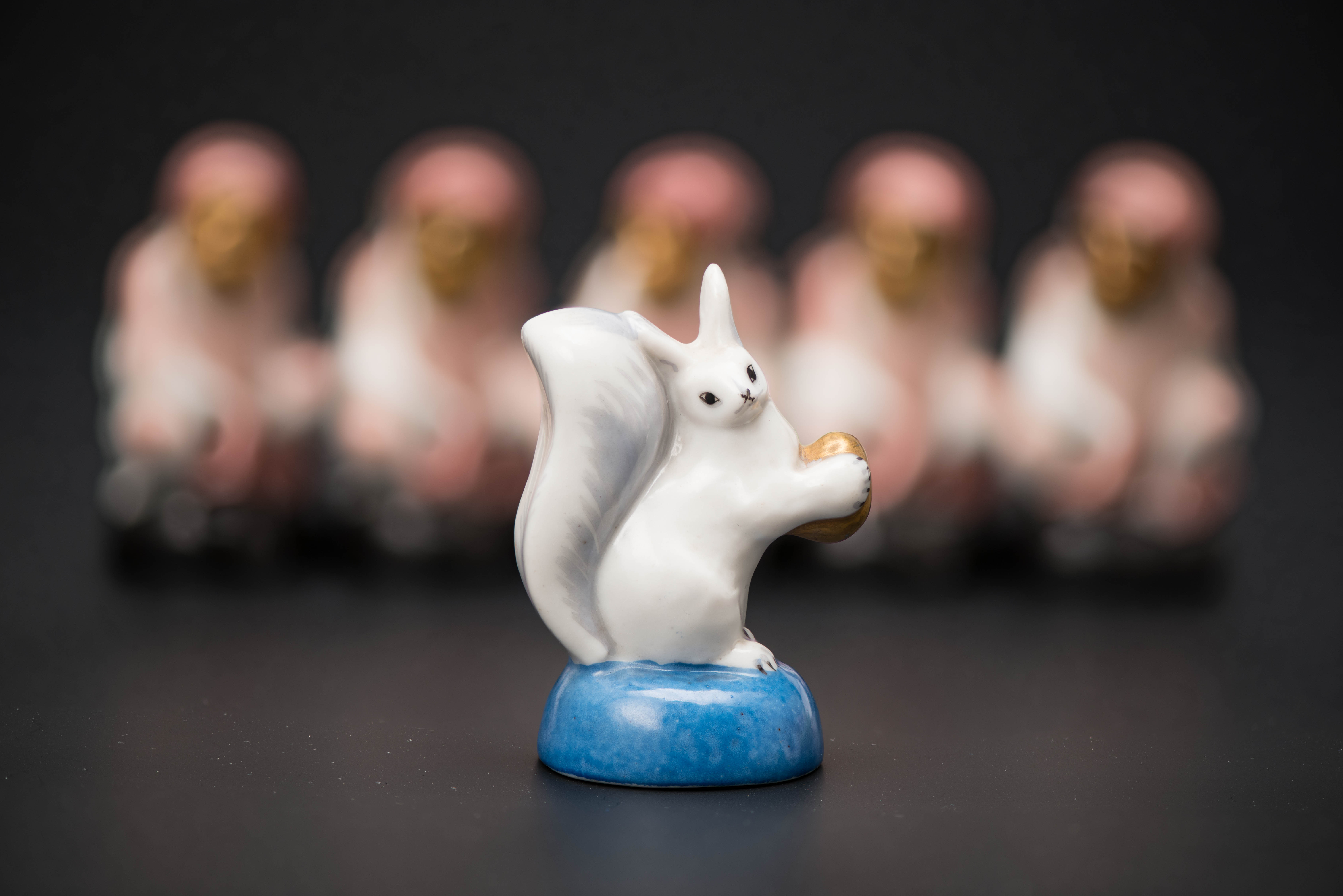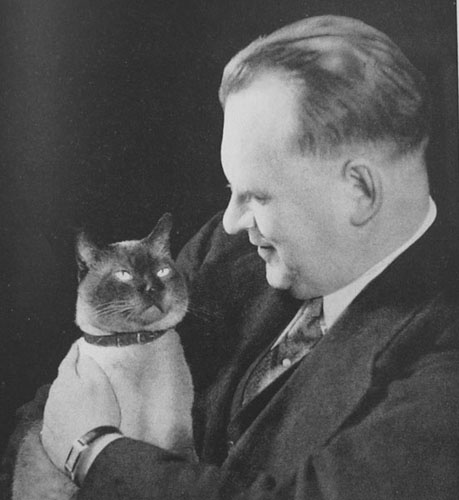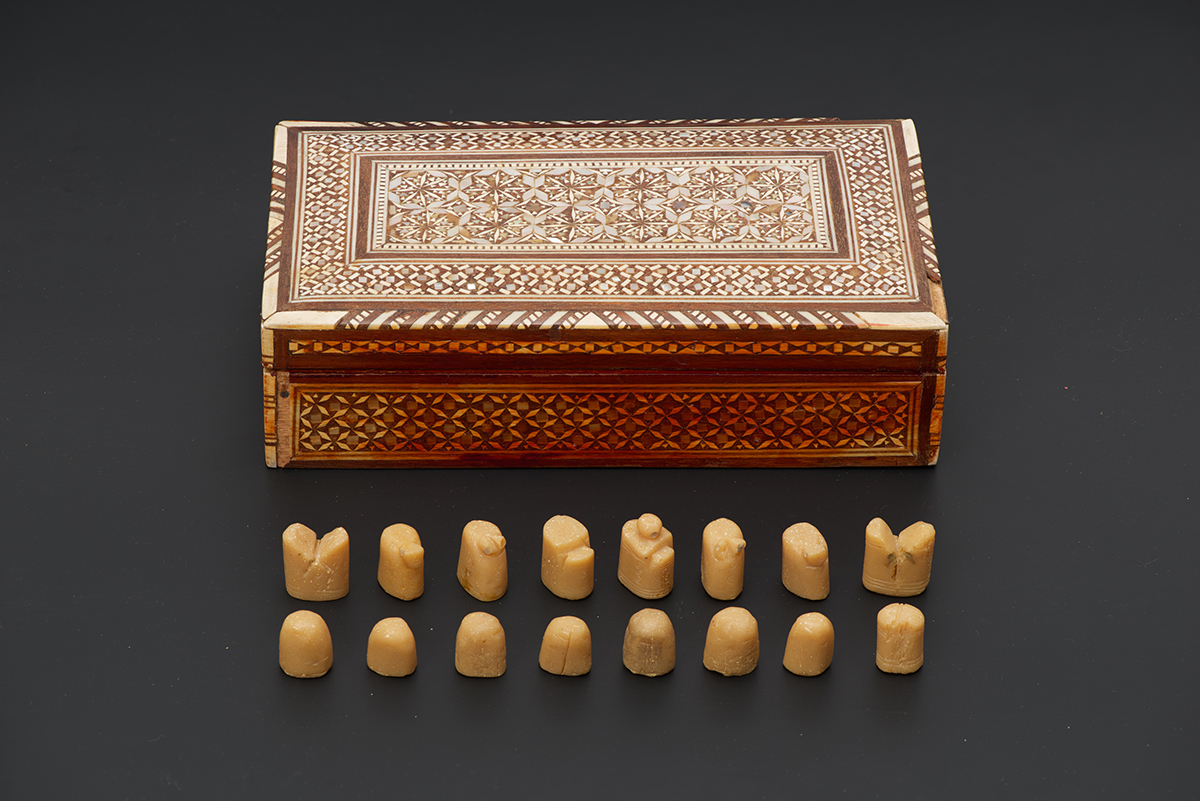5 chess sets you definitely haven't seen
Chess sets come in all shapes and forms! Some are historical, some artistic, some practical to play, and others not so much. You’ve surely seen your share of chess sets in your life and probably even own a few unique ones. But we’re sure you haven’t seen these five yet!
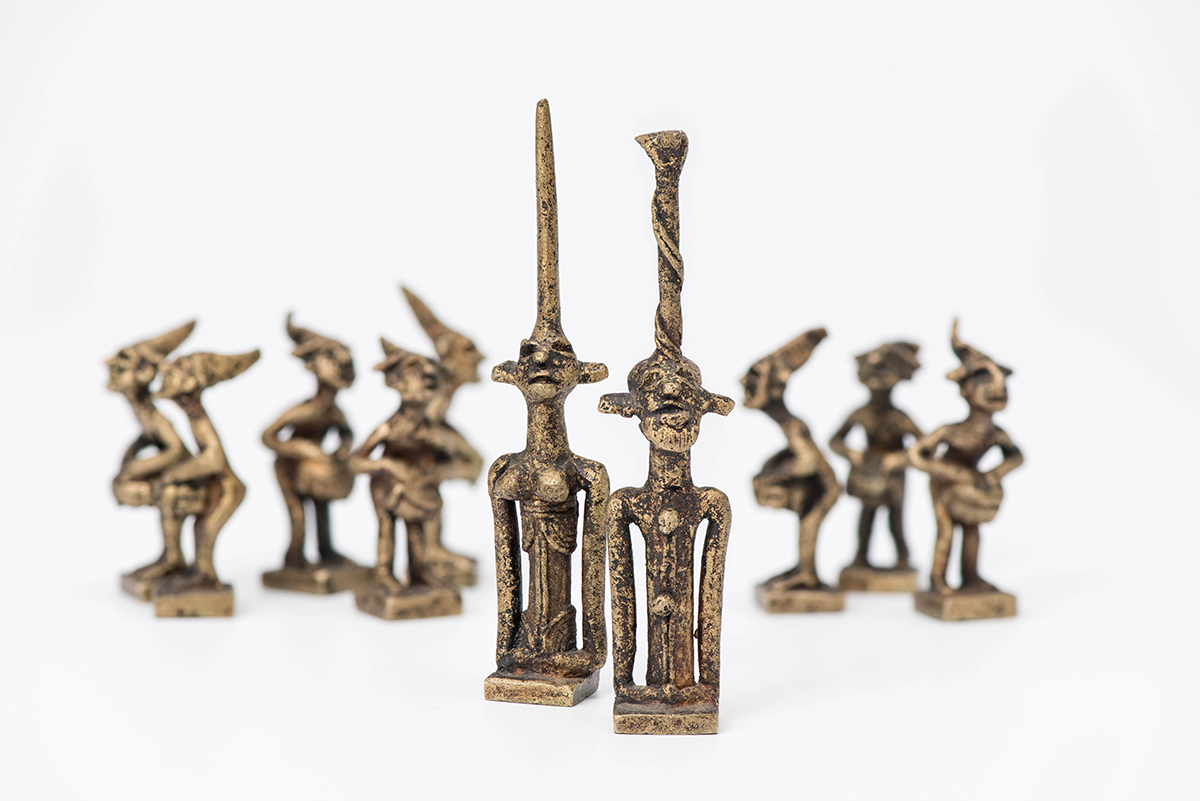
African Masks chess set
The bronze pieces of this chess set depict unknown deities and strange animals. This exotic African chess set was gifted to the USSR Chess Federation by visitors from Burkina Faso (then the Republic of Upper Volta) in 1972. It remains a mystery to anthropologists and cultural scientists. Who do the pieces represent? Why are humans, animals, and deities (or perhaps spirits) placed side by side on the chessboard? Why is the tallest figure a boat with mysterious “antennas”? Nothing is explained, and the mystery continues to fascinate.
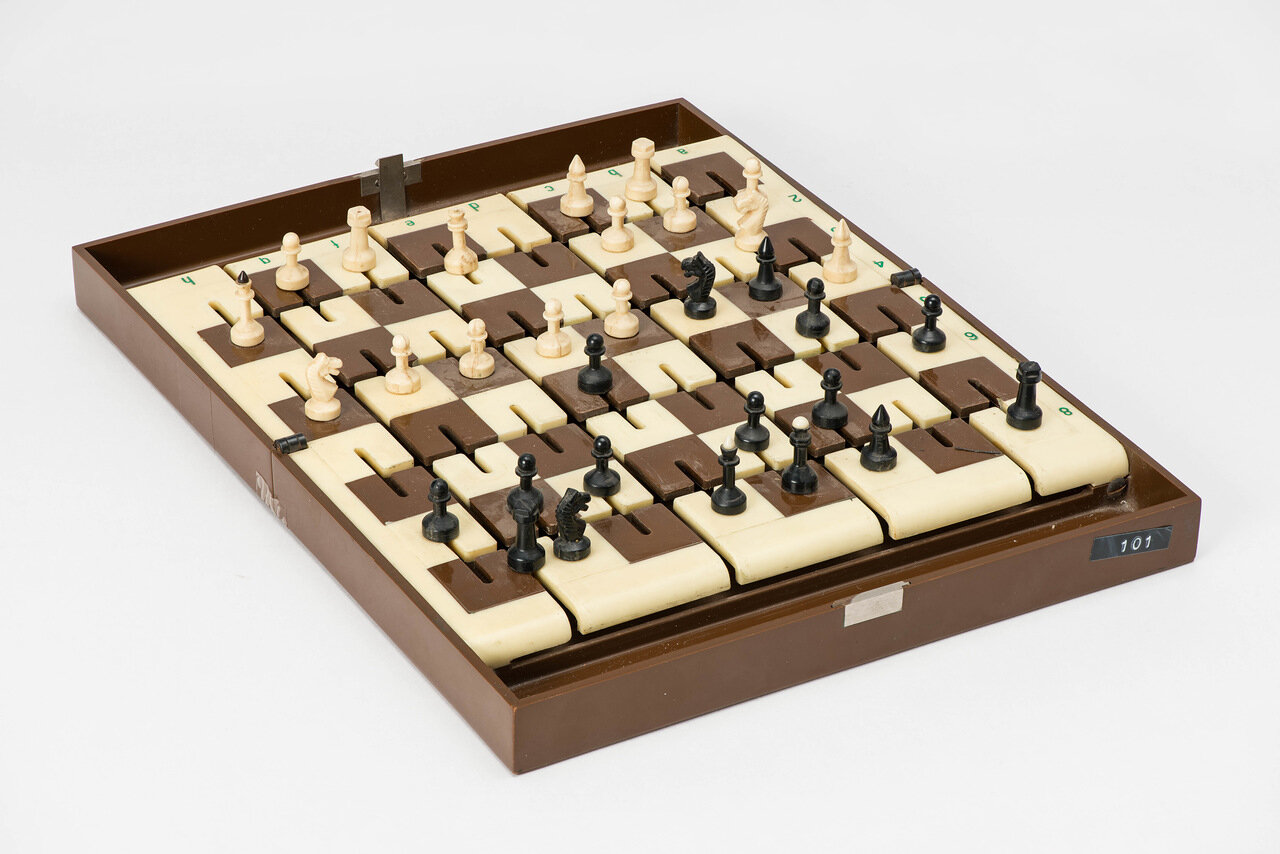
The first-ever chess set to have traveled to outer space
— Earth, you’re taking too long. Your time is up! — We still have a full minute! — You could move faster down there; we’ll soon be out of radio coverage… In 20 minutes and 7 chess moves, the Soyuz-9 spacecraft crossed the entire USSR, from the western border to the Pacific coast, and began its next orbit around Earth. On June 9, 1970, the first-ever Earth vs. Space chess match took place. Representing Earth were Nikolai Kamanin and Victor Gorbatko, while Andriyan Nikolaev and Vitaly Sevastyanov made up the Space team. The chess set for space was designed by engineer Mikhail Klevtsov, who faced a unique challenge: the pieces had to stay attached to the board (“since they could accidentally fly into a sleeping astronaut’s mouth,” joked Sevastyanov). Magnetic solutions were ruled out due to the sensitivity of the on-board equipment, so Klevtsov devised a simple and ingenious system of grooves and rails.
1 of 6
Victrix, a militarized chess game
In this unique chess-based game, the traditional pieces have been transformed: bishops are now political instructors or minesweepers, knights are cavalry soldiers, and rooks are artillery. There are also 18 Red Army men, replacing the pawns. Machine guns cover the flanks, while an airplane soars from one corner of the board, flying over both friendly and enemy troops. A tank bulldozes its way from the other corner, ignoring the distinction between sides. Inspired by Victrix, some players adopted “street versions” of standard chess rules. For example, machine guns could be captured if surrounded by four Red Army men, and a tank reaching the last row allowed the player to add two more men to the board. In case of victory (checkmate, representing the capture of the enemy command center), the total value of the remaining pieces on the board was calculated. The more points scored, the more valuable the victory.
1 of 4
Animals of the North vs. Animals of the South chess set
This porcelain menagerie, a rare example of late-era Russian avant-garde, holds both historic and artistic value. Instead of traditional chess pieces, animals from the North and South face off on the board. This unique setup invites a playful rephrasing of the popular chess saying, “Bad is a pawn that does not dream to become a queen.” In this context, we might say, “Bad is the squirrel who does not dream to become a bear!” or “Bad is the monkey who does not dream to become a lion!”


